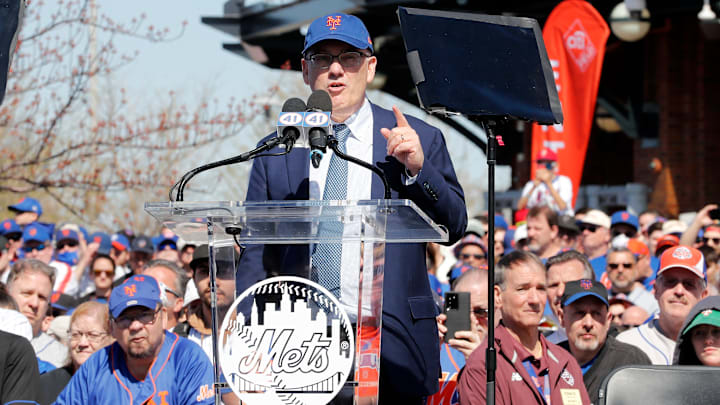9. Moving Eric Chavez from hitting to bench coach in 2023
The Mets had a fantastic season offensively with hitting coach Eric Chavez in 2022. The team would score 772 runs, the most in a single season since the closing of Shea Stadium in 2008. They struck out the fewest among all 15 National League teams while finishing first for batting average at .259. This was all despite not having a productive designated hitter or catcher for much of the season.
One of Billy Eppler’s more head-scratching decisions was to move Chavez from being a hitting coach to a bench coach in 2023. In return, Jeremy Barnes was promoted from assistant to full-time hitting coach. Suffice it to say, Barnes did not draw the same production from any of the star players as the Mets finished 11th in runs scored at 717 and hit just a measly .238. Eppler should have considered the long-time sports saying, “Don’t fix what is not already broken”. Luckily, Stearns has asked Chavez to return to his former role in 2024.
8. Signing Starling Marte to a 4-year contract
The Mets have had success signing players past their primes to multi-year contracts. Most notable were Bartolo Colon and Curtis Granderson in 2014 as they were integral to the Mets clinching a 2015 National League Pennant title. However, these types of decisions tend to backfire more often than not. Marte fits this bill having only played 86 games in 2023 with an anemic .248 batting average and 13 extra base hits. He is currently signed through 2025 at which he will turn 36 years old.
Marte’s contract was confusing from the start. Though he has been productive for most of his career, Marte was turning 33 years old when the Mets agreed to a contract worth 4 years $78 million. Cohen and Eppler should have had more awareness a player of this age plus his history of PED usage would not live up to a $19.5 million AAV. While Marte performed well in 2022, he still missed time on the injured list and was showing immediate decline defensively, hence the move from center to right field on opening day. James McCann could have fit this bill; however, his contract was still tradable as a solid backup catcher whereas Marte’s is not.
Starling Marte drops a bunt and reaches! pic.twitter.com/4AIcAKgCk4
— SNY Mets (@SNY_Mets) January 13, 2024
